When most people think of getting braces, they assume that the best time for the orthodontic treatment is during childhood to early adolescence. Although this is an ideal time for braces, orthodontic care is flexible and has no age limit. Your orthodontist will be able to provide you with a treatment approach that can give you the smile of your dreams at any age, while also fixing any spacing issues and correcting misalignments. Keep reading to find out about the ideal age for braces, how your orthodontist can help you to determine the best treatment approach, and the various treatment options.
Is There a Right Age for Braces?
Having straight teeth is something that most people dream of throughout their life, no matter how old or young they are. However, many people are under the assumption that you have to be a certain age to get braces. In reality, there is no set age that a patient has to be to receive orthodontic care.
According to the American Association of Orthodontists, it is recommended that children should first see an orthodontic specialist for the first time around the age of seven, in order to spot any fundamental jaw or bite problems. Typically, it is recommended that orthodontic treatment begins early on, as it is most efficient and effective when it begins after all of your child’s baby teeth are gone and after their 12-year molars have at least partially erupted. The exact age at which your teeth or preteen should start wearing braces depends on whether or not they have most or all of their permanent teeth and on the extent of their orthodontic needs.
It is important to visit your orthodontist on a regular basis for growth guidance and to know when the best time to start treatment is for you. There are also many adults who get orthodontic treatment to fix a number of issues; regardless of the reason why, adults of all ages can be viable candidates for braces.
Treatment Options
Luckily, when it comes to orthodontic treatment, there are a plethora of treatment options that you can choose from now. Because each patient is unique and different, your orthodontist will be able to help you choose which treatment plan will work best for you.
- Traditional Braces: This type of braces is probably exactly what you imagine when you think of wearing braces. They are made of metal and tend to be one of the cheaper orthodontic treatments that you can choose.
- Ceramic Braces: These braces have become increasingly popular over recent years. Ceramic braces are shaded to match the color of your teeth, making them much less noticeable than traditional braces. These braces are also less likely to cut your gums or cause irritation to sensitive oral tissue. However, ceramic braces tend to be more expensive than traditional braces.
- Invisalign: Invisalign clear aligners is an alternative to metal braces. These are custom-made clear aligners that cover your teeth and gradually pull them into their proper position over the course of your orthodontic treatment.
It’s Never Too Late To Get The Smile That You Want
If you have never had braces, or you did, but you’ve found that your teeth have shifted out of position over the years, you can benefit from braces as an adult, also! Wearing braces not only helps to straighten teeth, but it also helps to improve spacing which can significantly reduce your risk of tooth decay, gum disease, and tooth loss.
If you are considering braces at a later time in your life, no need to worry! Approximately one in five orthodontic patients is over the age of 21. Addressing crooked or crowded teeth is a great way to lower your risk of developing cavities and gum disease later in life. If you or a loved one is in need of braces to help fix any crowding or crooked teeth, contact our friendly and professional team at Hodge Orthodontics today. We offer a variety of products and services and can help you choose the best option for you or your child.
